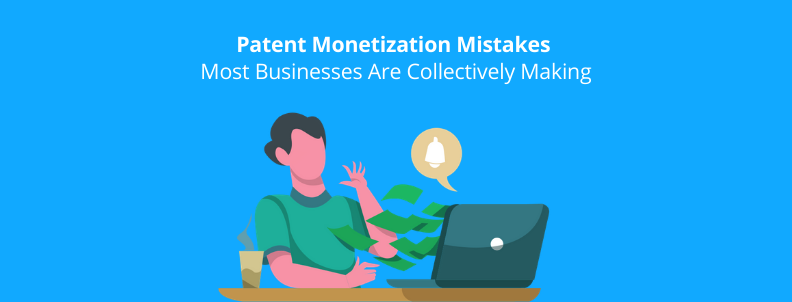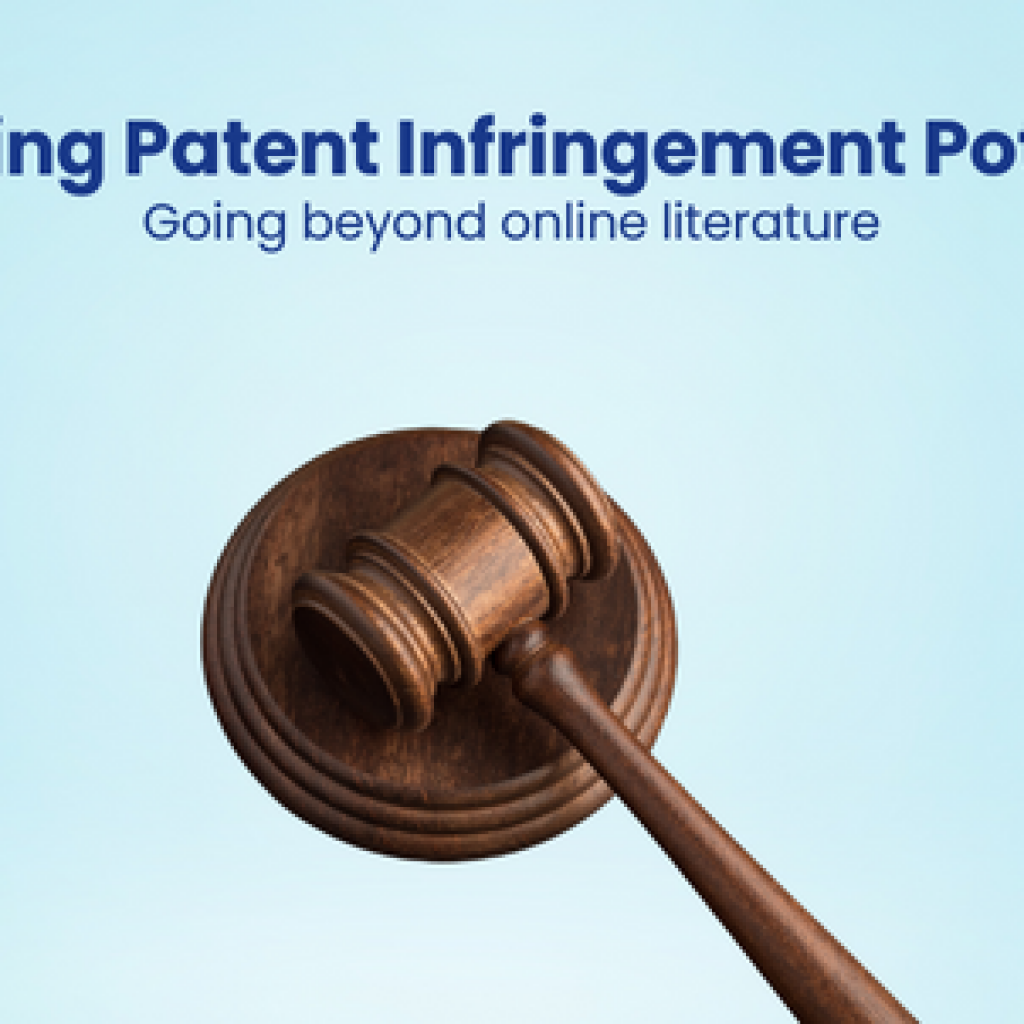In business, the cost is everything. As such, in drafting and prosecuting patents, the lowest-cost provider usually wins the business. While this approach may well result in obtaining patents at a lower cost, it does little to create real value from a patent portfolio unless that is your sole strategy – to collect many patents that will sit and do nothing.
Employing this low-cost solution puts your business into a vicious cycle that reinforces itself through the feedback loop of low-quality patents. This vicious cycle is detrimental to the goal of obtaining valuable patent assets.
A problem well stated is a problem half-solved. – Charles Kettering
After practicing patent monetization for more than 20 years, I’ve been able to spot a number of factors that give birth to and feed such a cycle. There are various solutions to these problems too. So, let’s have a brief overview of these problems and what you can do about them to break free from the chains of this vicious cycle and obtain valuable patents.
Want to explore more about Patent Monetization, get our report by filling out the form below:
A Patent Provides Negative Rights
A patent provides its owner with a negative right. That is, the patent owner does not obtain a monopoly to manufacture, sell or practice the claimed invention. Remember, it’s a negative, right?
A patent only allows its owner to prevent others from manufacturing, selling, or practicing the claimed invention.
Who enforces that right? In the United States, as well as most countries, there is no governmental agency to enforce private entities’ patent rights. Instead, it is the responsibility of the patent owner to identify potential infringers and either negotiate a license or pursue infringement through civil litigation. Simply put, a patent cannot stop infringement or collect damages.
It is up to a patent owner to take on these costs and exert tremendous effort to see infringement claims through to their end. It should be clear, therefore, that at the end of the day – a patent is only worth as much as its owner is willing to spend to defend it.
A patent is only worth as much as its owner is willing to spend to defend it. – Eric Halber
What Should You Do?
Defending your patent starts at the time the invention is conceived. The effort in both time and money expended from the day the invention is initially disclosed to the day the patent expires adds to the overall value of a patent.
There are two questions a patent owner should be able to answer with conviction at all times –
- How confident are you that a given patent will survive an invalidity attack?
- How confident are you in your infringement analysis?
From my experience, most patent owners, large companies, and sole inventors have difficulty answering these questions.
Short-Sightedness affects Patent Valuation
Many patents available in the market over the past decade or so have not produced any licensing opportunities or generated revenue for their owners. Why is this so?
In many instances, this lack of value can be attributed to shortsighted thinking and the failure to understand that the value of a patent starts at the beginning of the process. No matter what strategy one pursues in obtaining patents, five or ten years later, you do not want to be in a position of waiving around a questionable patent in the face of potential infringing entities.
An Effective Patent Evaluation Method can be made by Avoiding Short-Sightedness
Let’s start at the beginning – The decision to file a patent application in the first place. How is this decision usually made? It comes down to one sentence, which is, “Patents are good and, therefore, we need some”. A simple yet dangerous reason if time and money are indispensable to an organization.
Before a decision is made to invest the time and money (and it is considerable) to file a patent application, one should have a thorough understanding of:
- The reasons for obtaining the patent.
- The overall strategy for using such a patent in the future.
- Will the patent be used for defensive purposes, to protect the company from potential litigious competitors?
- What about the offensive use of patents to obtain licensing royalties from those same competitors if they step on your market?
- Finally, is the end game the same if the portfolio is destined to be sold to another entity that may or may not seek to monetize the portfolio itself?
Apart from that, one should know that the future is a key concept. It may take several years or more before the market catches up to your ideas. As such, in the vast majority of cases, your initial investment will only be tested at some later unknown date. And there are no guarantees that it will pay off.
Focus on Novelty First
You have a wonderful new idea for a product. You also have the wherewithal to file a patent application. Go for it! Not so fast. Is it novel? And by focusing on “novelty” (a critical requirement of all issued patents) I am asking if anyone else had this new idea, as claimed, before you.

Eric Halber, the author of this article, is a thought leader in IP space. He has over 25 years of experience of IP litigation and prosecution with Fortune 500 companies and top law firms. You can follow Eric on LinkedIn from here.
Eric is sharing his extensive experience through a series of articles on GreyB. You can subscribe to our email newsletters to get notified about his strategies and thought process from here: Click here to Subscribe.










